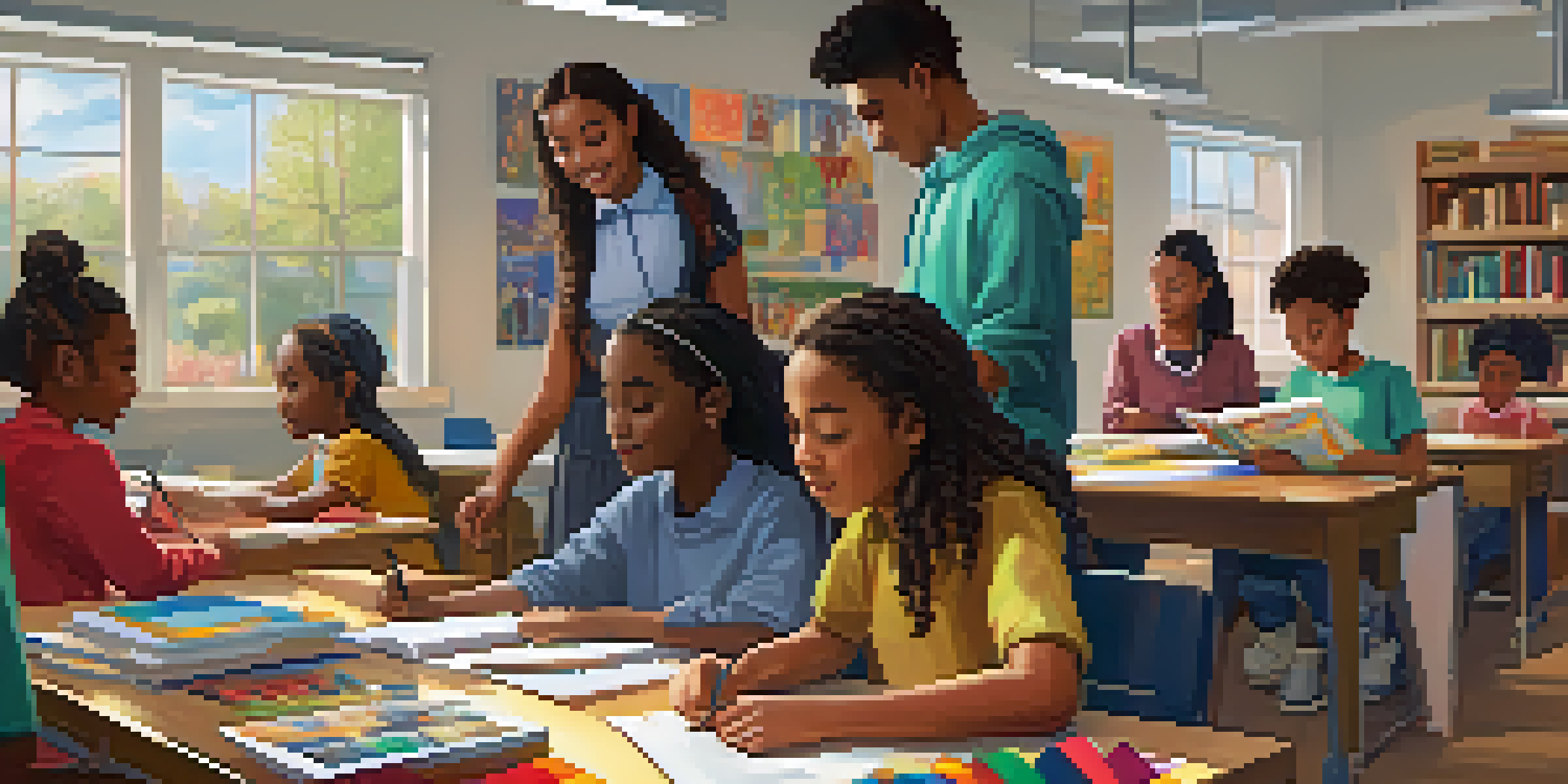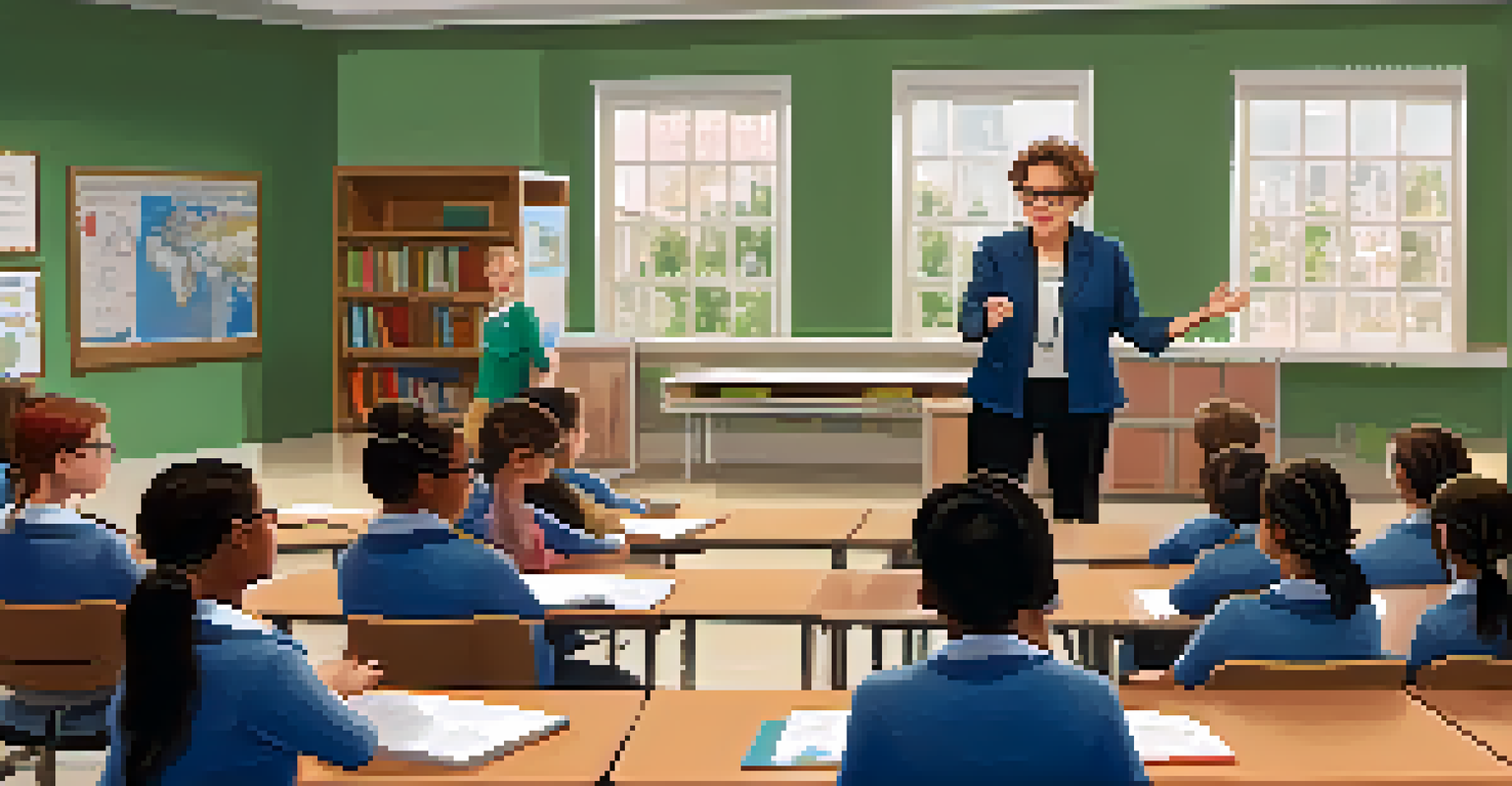How Interactions Influence Constructivist Learning Outcomes

Understanding Constructivist Learning Theory
Constructivist learning theory posits that individuals build knowledge through experiences and interactions. Unlike traditional learning models, where knowledge is transmitted passively, constructivism emphasizes active involvement in the learning process. This approach encourages learners to engage with new information, relate it to their prior knowledge, and develop deeper understanding.
Learning is not a spectator sport. Students do not learn much just by sitting in class and listening to teachers, memorizing prepackaged assignments, and spitting out answers. They must talk about what they are learning, write about it, and relate it to past experiences.
At its core, constructivism suggests that learning is not a solitary endeavor but rather a social activity. As learners interact with peers, educators, and the environment, they co-construct knowledge, making learning more meaningful. This collaborative aspect is crucial for fostering critical thinking and problem-solving skills.
For example, in a group project, students may share different perspectives and ideas. Through dialogue and negotiation, they not only learn from each other but also refine their understanding of the subject matter. This interactive process highlights the significance of social dynamics in shaping learning outcomes.
The Role of Peer Interactions in Learning
Peer interactions are fundamental to constructivist learning, as they create opportunities for dialogue and feedback. When students discuss concepts with one another, they clarify their thoughts and challenge each other's assumptions. This exchange can lead to deeper insights and a more nuanced understanding of the material.

Moreover, working collaboratively on tasks enables learners to adopt different roles and perspectives. For instance, one student may take the lead in organizing the group's efforts, while another may focus on research. This division of labor not only fosters teamwork but also allows individuals to develop specific skills relevant to the task.
Active Learning through Collaboration
Constructivist learning emphasizes the importance of peer interactions, enabling students to share knowledge and develop a deeper understanding through dialogue.
Research has shown that students who engage in peer learning often perform better academically. By learning from one another, they can fill knowledge gaps and reinforce their learning through teaching. Ultimately, these interactions contribute significantly to achieving positive learning outcomes.
Teacher Interactions and Their Impact
While peer interactions are vital, teacher-student interactions also play a crucial role in constructivist learning. Educators can facilitate discussions, pose thought-provoking questions, and provide guidance that encourages critical thinking. This active involvement helps to scaffold students' learning, making complex concepts more accessible.
The greatest sign of success for a teacher is to be able to say, 'The children are now working as if I did not exist.'
A teacher's feedback is particularly important in this context. Constructivist classrooms thrive on formative assessments, where feedback is used to guide students on their learning journey. When teachers engage with students in a supportive manner, it fosters an environment of trust and motivation.
For example, a teacher might encourage students to explore a topic further by asking open-ended questions or suggesting resources. This approach not only deepens understanding but also empowers learners to take charge of their education, leading to enhanced learning outcomes.
Creating a Collaborative Learning Environment
To maximize interactions that influence constructivist learning outcomes, educators need to create a collaborative learning environment. This includes designing activities that promote teamwork and open communication among students. By doing so, learners feel more comfortable sharing their thoughts and exploring diverse viewpoints.
Strategies like group discussions, peer teaching, and project-based learning can facilitate this collaboration. For instance, in a science class, students might work together on an experiment, with each member contributing unique insights. Such hands-on experiences solidify learning and encourage cooperation.
Teacher Guidance Enhances Learning
Educator interactions, such as providing feedback and posing open-ended questions, are crucial for scaffolding student learning and fostering a supportive environment.
Moreover, a supportive classroom atmosphere where mistakes are viewed as learning opportunities can enhance interactions. When students know that their contributions are valued, they are more likely to participate actively, leading to richer discussions and improved learning outcomes.
The Importance of Social Context in Learning
Social context significantly influences how interactions shape learning outcomes in a constructivist framework. The relationships among students, teachers, and the broader community create a dynamic learning ecosystem. Understanding this context helps educators tailor their approaches to meet the diverse needs of learners.
Cultural backgrounds and prior experiences also play a role in shaping interactions. For instance, students from different cultures may approach problem-solving in unique ways, which can enrich group discussions. Acknowledging these differences fosters inclusivity and allows for a broader range of perspectives.
For example, in a history class, discussing events from various cultural viewpoints can lead to deeper understanding and empathy. By emphasizing the importance of social context, educators can enhance the relevance and effectiveness of constructivist learning.
Technology's Role in Facilitating Interactions
In today's digital age, technology plays a pivotal role in enhancing interactions within constructivist learning environments. Online platforms and tools can facilitate communication and collaboration among students, regardless of their physical location. This accessibility opens up new avenues for peer interactions and expands the learning community.
For instance, virtual discussion boards and collaborative software allow students to share ideas and resources seamlessly. These tools not only support ongoing dialogue but also encourage learners to engage with diverse perspectives from around the globe. This exposure can enrich their understanding and broaden their horizons.
Technology Expands Learning Opportunities
Incorporating technology into learning environments facilitates communication and collaboration, broadening student interactions and perspectives.
However, it's essential to use technology mindfully. While it can enhance interactions, it should never replace genuine human connection. Striking a balance between digital and face-to-face interactions is key to maximizing the benefits of technology in a constructivist learning framework.
Measuring Learning Outcomes from Interactions
Evaluating the impact of interactions on constructivist learning outcomes can be challenging but is essential for understanding effectiveness. Traditional assessments may not capture the depth of learning that occurs through collaboration and dialogue. Instead, educators should consider alternative evaluation methods that reflect the richness of these interactions.
Portfolios, self-assessments, and peer evaluations are effective tools for measuring learning outcomes in a constructivist context. These methods encourage students to reflect on their learning journey and recognize the contributions of their peers. By focusing on the process as well as the product, educators can gain insights into the learning experience.

Furthermore, regular feedback loops can help track progress and make necessary adjustments to teaching strategies. By continuously assessing the influence of interactions on learning, educators can enhance the overall effectiveness of constructivist approaches.